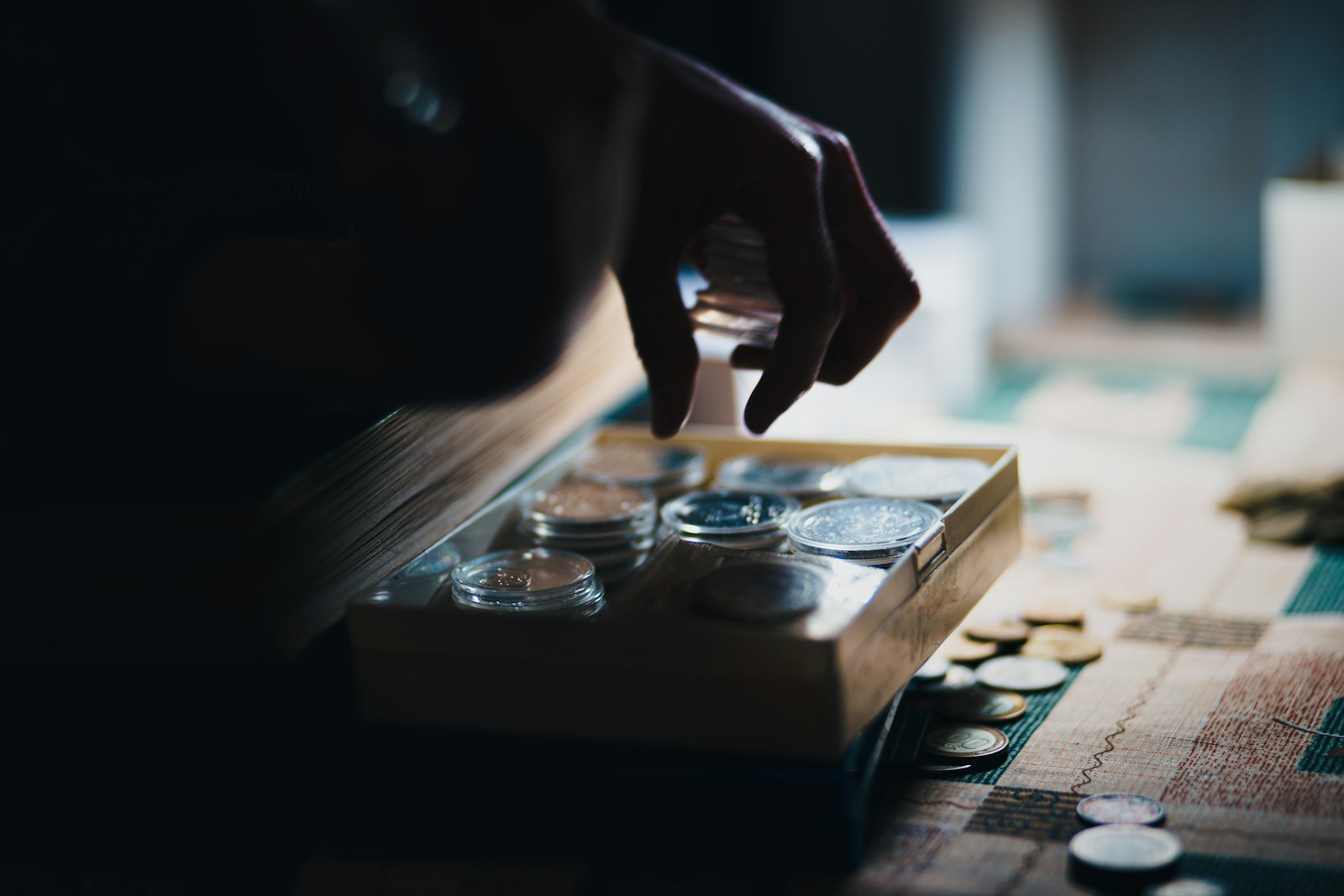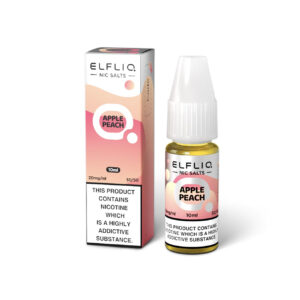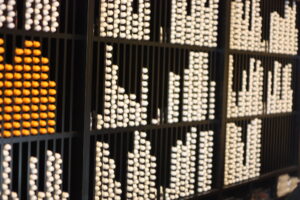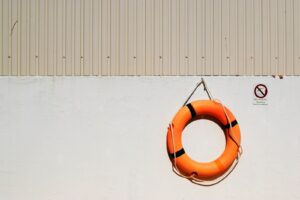If you love collecting rare coins, you know how exciting it can be to find a new addition to your collection. Rare coins bring together history, art, and the chance to make a smart investment. But there’s a downside—counterfeit coins are becoming more convincing, making it harder for collectors to avoid being tricked by fakes. To help you keep your collection genuine, this easy guide shows you practical steps and all the tools you’ll need to identify counterfeit coins, just like a professional.
The Rise of Fake Coins
With so many people interested in rare coins, scammers see an opportunity to make money by producing counterfeit versions. Today, it’s much easier for fraudsters to make fakes that even experienced collectors might miss. These fakes show up across the globe—on websites, at local coin shows, or sometimes hidden within old collections. That’s why learning to spot a fake is vital for serious coin enthusiasts.
The Tools You Need for Authenticating Coins
Before you start checking your coins, you’ll need a few helpful tools. Having the right equipment at hand makes all the difference when it comes to spotting tiny errors that signal trouble. Here are some must-haves for every collector:
- Magnifying Glass or Jeweler’s Loupe: Lets you inspect fine lines, small lettering, and the edge of your coin closely.
- Digital Scale: Measures how much each coin weighs, so you can spot any odd variations.
- Calipers: Let you check the diameter and thickness—important for catching even tiny differences.
- Strong Magnet: Metals like iron shouldn’t be in most precious coins, so you’ll notice if a test sticks rather than slides.
- Reference Books and Coin Apps: Useful for looking up details and specs of genuine coins for comparison.
- Trusted Genuine Coins: If you already have an authentic coin on hand, it’s very handy to compare side by side.
Stepwise Method for Identifying Counterfeit Coins
1. Take a Careful Look
Begin by studying the coin both from afar and close up:
- Check the Details: Authentic coins have crisp lines, solid engravings, and intricate features. Fake coins often look blurry or have soft, shallow designs.
- Read the Lettering & Inspect Edges: Watch for uneven surfaces, misspelled words, or oddly sized letters.
- Surface Appearance: Discoloration, bubbles, tiny pits, or clear evidence that a coin was cast (rather than stamped) usually signal something is wrong since real coins shouldn’t have these blemishes.
2. Verify with Measurements
Genuine coins stick to standard sizes and weights:
- Weigh the Coin Precisely: Use your digital scale and compare the figure with official numbers for that coin’s series and year.
- Size Check: The proper diameter and thickness are vital—measure with calipers and watch for anything out of the ordinary.
- Stacking Comparison: Put your coin in a small stack with confirmed authentic coins. Fakes often stand out, sometimes sitting taller or shorter.
3. Quick Magnet Check
Most rare gold and silver coins are made from metals with no magnetic pull:
- Test Using a Magnet: If the coin attracts, it’s likely not made from what it claims to be. Stay aware that some modern coins are made with magnetic properties, so double-check what’s normal for the coin in question.
4. Listen with the Ping Test
Precious metal coins make a unique ringing sound:
- How it works: Place the coin on your fingertip and gently tap it with another coin.
- What to Expect: Authentic coins ring with a pleasant, lasting tone, while counterfeit ones usually sound dull.
- Modern Assist: Some smartphone apps can compare this sound and alert you if something’s not right.
5. Direct Comparison with a Real One
Having a certified, authentic version of a coin is extremely useful:
- Compare Design and Surface: Put coins side by side, looking for differences in the font, grain, and finish.
- Check Online If Needed: Use reputable photo databases if you don’t have a genuine example nearby.
6. Ask for Expert Help
If you still feel unsure:
- Trusted Dealers: Reputable coin shops or specialists with certification and experience are best placed to confirm if your coins are authentic.
- Professional Grading: Reliable companies can officially certify coins—giving you confidence about what you own.
Advanced Techniques for Verifying High-Value Coins
When your coins are worth a lot—or results are unclear—high-tech testing can help:
- XRF Analyzers (X-ray Fluorescence): Devices examine the metal’s elements for a detailed breakdown—without damaging the coin.
- Ultraviolet (UV) Light Tests: Sometimes this shows marks or patterns invisible in daylight, revealing fakes.
- Coin Analyzers: Specialized gadgets judge whether the metal makeup matches up or if part of the coin’s just a thin layer covering something else.
Counterfeit Coins Often Found in the Market
Knowing which types of coins frequently get imitated gives you an edge:
| Coin Type | How They Are Faked | Signs to Watch For |
|---|---|---|
| Gold Bullion Coins | Use of metal plating, heavy cores | Weight, magnetic pull, failure on XRF test |
| Silver Bullion | Plating or using partially-cored insides | Weight check, ping test, magnets |
| Ancient Coins | Created by casting, disguised patinas | Differences in details/countour, aged look |
| Modern Rarities | Modified dies, switched numbers | Sharp designs, clear edge lettering |
Warning Signs for Coin Buyers
- Prices Are Suspiciously Cheap: If the deal sounds too good, be extra cautious.
- No Certifications: Authentic coins should come with certificates or be sealed in holders from grading companies.
- Untrustworthy Sellers: Steer clear of sellers or marketplaces that don’t have a good record or aren’t well reviewed.
- Refusal of Returns: Trusted dealers have clear, honest return policies and guarantees.
Best Steps for a Safe Coin Collection
- Shop with Trusted Stores Only: Try to only buy from well-known and established dealers.
- Keep Learning: Pay attention to current scams or trickster tactics as they change quickly.
- Document Your Collection: Keep thorough notes with pictures and coin details, important for both security and insurance.
- Get Involved: Join coin clubs or online communities for extra tips, identification help, and the company of like-minded collectors.
What to Do if You Find a Suspect Coin
- Don’t Try to Sell It: Selling fake coins, even unintentionally, could get you into serious trouble.
- Seek Out an Expert for Review: Bring your coin to a knowledgeable collector or certified dealer for testing.
- Report to Officials: Help the whole collecting community stay safe by removing counterfeits from circulation.
Final Thoughts
Protecting yourself from fake rare coins takes time, care, and the right know-how. If you follow these steps—use the right tools, test sound and weight, and consult trustworthy dealers and grading companies—you’ll keep your collection safe and valuable. With careful learning and the help of experts when needed, you can enjoy collecting rare coins for years to come without worry. Stay careful, grow your expertise bit by bit, and have fun in the world of numismatics!





